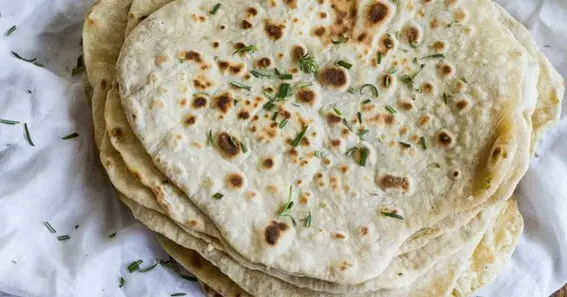Do you know what is unleavened bread? Unleavened breads are a classification of bread products in which the bread does not contain leavening agents or yeast, baking powder, or baking soda. This results in a standardized and condensed shape across the geographical, cultural, and religious realms.
What Is Unleavened Bread?
Unleavened breads are those that do not contain yeast, baking powder, or baking soda as the ingredients. Therefore, they do not swell as they bake; thus, they are usually thick. Unleavened bread is commonly used in religious and other ceremonies, including the Jewish Passover foodstuff matzo and the Indian food chapati. This, in turn, results in its fluffy texture and relative earthiness, and on account of such, it can hardly be excluded from many a traditional diet. Keep reading to know What is unleavened bread?
Also Read : What Is A lag Putt Definition? What Goes Behind A Lag Putt?
Ingredients and preparation methods for unleavened bread
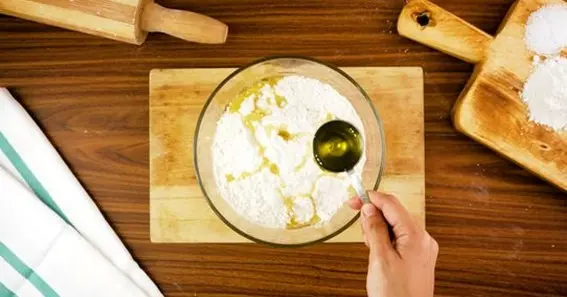
Traditional recipes and methods of preparing unleavened bread require essential ingredients such as flour, water, and sometimes a little salt. It also includes kneading the ingredients into a pliable mass, which can be rolled upon a surface, shaped into a thin crust, and baked or fried on a hot surface until it is done. It may also be prepared according to regional and cultural differences by adding more ingredients such as oil or herbs. One characteristic is the lack of leavening agents and flat, kneaded bread without any raising agents. You will get best knowledge about What is unleavened bread?
Also Read : Who is Josh Allen girlfriend? Role of Josh Allen Girlfriend as a Multitalented Entertainment Star
Nutritional Profile of Unleavened Bread
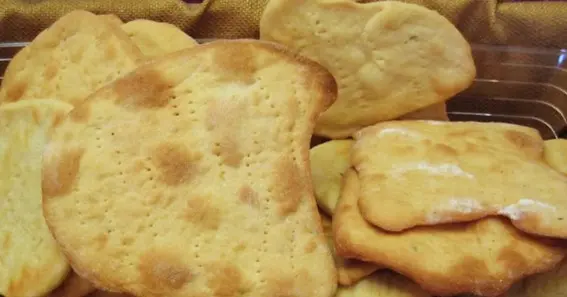
It presents fewer calories and carbohydrates than leavened bread, making it even more appropriate for those on a diet or those with diabetes. Although, this food may be ‘junk’ because it may not contain fiber and specific vitamins found in whole grains. Of course, The nutritional value of the dough depends on the ingredients used in making it, although generally, unleavened bread has little fat and sugar content. Oneld add whole grain flour or seeds to the recipe.
Cu to boost its nutritional value and culinary uses of Unleavened Bread. Unleavened bread is famous in many cultures, and its use is today in the culinary sphere. It is a staple food since it can be prepared for a sweet or savory dish as you desire. In Indian cuisine, it is a norm to have flatbreads, including chapati or naan, for courses such as curries or stew. As in most Mexican recipes, tortillas are an essential medium in preparing some foods like tacos, quesadillas, and enchiladas. Also, food such as unleavened bread like the matzo is equally vital in Judaism, especially during the passover. That’s why you have matzo ball soup and main matzo brei. Due to its versatility and ease of preparation, unleavened bread remains an essential commodity in most cultures worldwide.
Types of Unleavened Bread
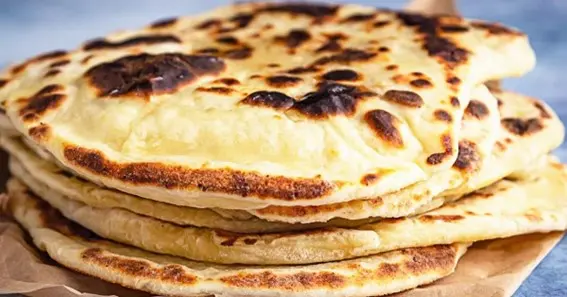
Unleavened bread is prepared and consumed in raw dough through different cultures, hence the many classifications. Lavash in Middle Eastern countries is a fancy, soft, thin bread mainly used to wrap meat and vegetables. Chapati, the most popular bread in India, is just a dough made of whole wheat flour and water cooked on a flat pan called Tava.
Matzo, a food used in Jewish Passover, is a crispy and meat concoction with a cracker in texture. In Latin America, corn dough is made into tortillas, a staple unleavened bread for making tacos and quesadillas. These different species of unleavened bread demonstrate the versatility characteristic of this essential food item in the modern world.
Symbolism of Unleavened Bread
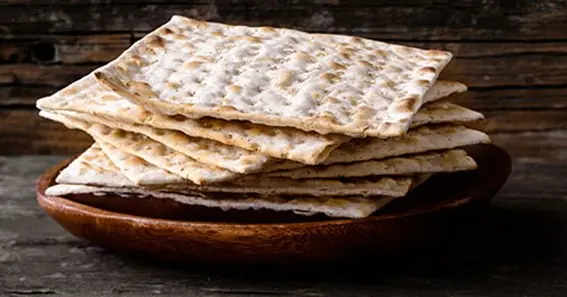
From a cultural and religious perspective, unleavened bread has symbolic value, which is why it is used in many practices and rituals. In Judaism, Matzo, or unleavened bread, is taken from how the Israelites left Egypt, the Pharaoh, during the exodus, which did not allow them time to let their bread ferment. It also represents lowliness and purity because fermenting agents such as yeast were regarded as sinful.
In Christianity, the unleavened is used during the Eucharist or Communion, which repaints the sinless body of Jesus Christ. In most cultures, the lack of yeast in bread implies ‘purebred, or bread without addition, which can be considered archetypal sincere bread. This bread returns to basics, to its roots, and focuses on the inherent values of bread as a basic staple food.
Conclusion
You read about What is unleavened bread? As an easily prepared, simple product with significant roles in people’s everyday meals and ceremonies, unleavened bread can be considered a primary type for all types of cuisine and culture. It’s a versatile substance that comes in different forms and has a timeless relevance. From religious ceremonies to the common setting of cooking a meal, unleavened bread still holds its status, signifying the age-old, basic form of bread. So, understand the query about What is unleavened bread?
FAQ
What does the term unleavened bread mean?
There are two types of bread: leavened and unleavened. What distinguishes the two is the use of yeast during preparation; unleavened bread lacks this yeast or other rising agents like baking powder.
Why is unleavened bread significant in worshipping?
Its celebration is associated with Jewish religion and particularity. It symbolizes the speedy exodus of the Israelites from Egypt during the Passover. In Christianity, especially during the sacrament, it symbolizes the body of Christ.
What are some of the usual forms of unleavened bread?
Examples of common types of flatbreads are matzo, which is Jewish, chapati from India, Mexican tortilla, and lavash, which is Middle Eastern.
Is white bread more nourishing than wheat bread?
Uncooked bread has fewer calories and carbohydrates, but the product might only contain fiber and vitamins to enhance the welcome if the flour is whole or rightly seeded.
What does the unleavened bread generally look like?
Normally, it is prepared from easily available ingredients such as flour and water. You have to prepare it in a dough, then fry it on a griddle or bake it.
Can one prepare unleavened bread at home?
Yes, making unleavened bread at home is possible. It only requires widely available ingredients, and the process can be done quickly using simple techniques.
What kind of foods are made from unleavened bread?
Some examples would include the preparation of tacos/quesadillas with tortillas, curry, and stew with chapati or matzo during the Passover meal.
Sources:
https://en.wikipedia.org/wiki/Unleavened_bread
https://www.gotquestions.org/unleavened-bread.html
https://www.compellingtruth.org/unleavened-bread.html
Explore some exciting articles lag-putt-definition
